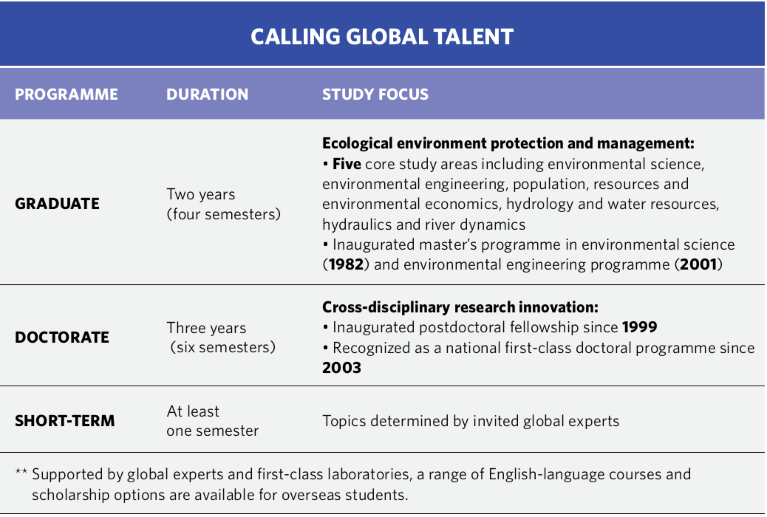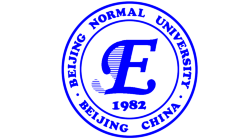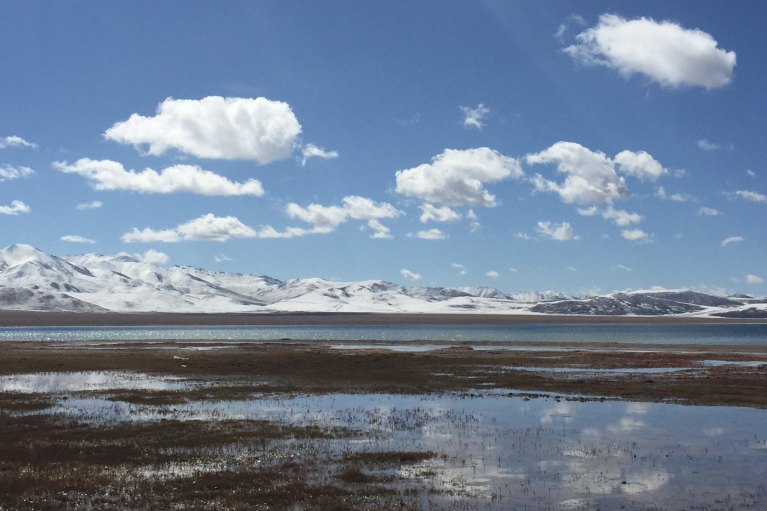
Published in Nature Geoscience, a paper by Xinghui Xia’s team explored methane ebullition in East Qinghai–Tibet Plateau.Credit: Beijing Normal University
Watersheds are the land area from which surface water drains into a stream, lake, reservoir, or other body of water. They collect, store, and transport water, but they can gather nutrients and pollutants along the way, and posing a threat to the flora and fauna of the area. Geophysical, climatic, hydrological and ecological properties unique to a watershed system also modulate exchange of matter and energy.
A team led by Zhifeng Yang, a member of the Chinese Academy of Engineering, at the School of Environment (SoE) of Beijing Normal University (BNU), one of China’s most prestigious institutions in environmental research and education, investigates the complexities of watersheds. Supported by state key research programmes and the State Key Laboratory of Water Environment Simulation, housed within SoE, they focus on the mechanisms underlying the ecological processes of watersheds and the environmental effects of water cleanliness, looking for ways to regulate ecological protection in the face of human activity.
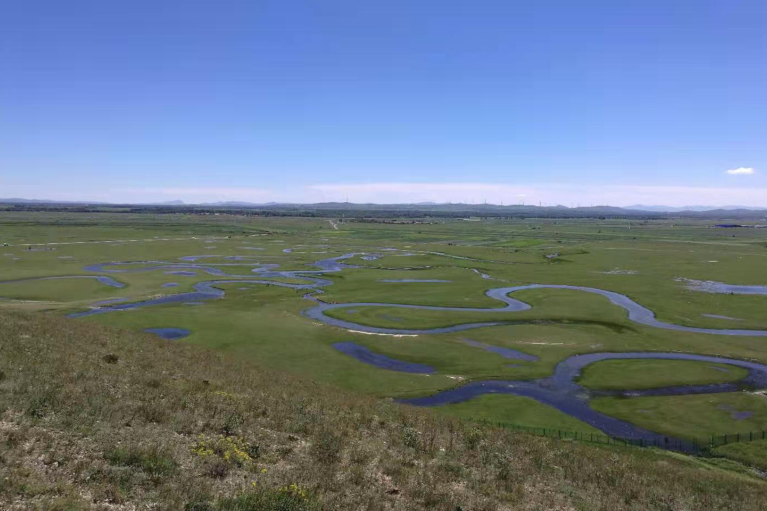
Vast watersheds across China have inspired SoE’s research into human and environmental impact for enhanced conservation strategies.Credit: Beijing Normal University
Diversifying studies into watersheds
Yang’s framework for research encompasses water environment, ecology, and watershed management, respectively led by environmental geochemistry specialist, Xinghui Xia, wetland ecologist, Baoshan Cui, and pollution control expert, Zhenyao Shen.
“These three directions complement my ongoing research into urban metabolism, analysing the material and energy flows within and across cities,” says Yang.
His team has developed nationwide urban planning blueprints, mitigating ecological risks through effective models and hazard forecasting. Yang recently chaired an international conference about the circular economy in the Guangdong-Hong Kong-Macao Greater Bay Area, exchanging new ideas for rethinking waste and redefining economic growth.
In the face of water shortages in China, they proposed computational methods to calculate six categories of requirements from estuaries to wetlands. They were among the first to propose multi-dimensional models which quantify spatial-temporal differences in ecological water requirements for various basin regions.
Tackling issues of water pollution and soil erosion, the team took a broad look at the source, distribution and ecological risks of pollutants. Their work revealed how sediment and silt affect water quality. They found that the content of oxygen-consuming organic matter tends to be overestimated in the presence of natural organic materials, and proposed a strategy to improve testing.
Computational models were also used in their studies of non-point source (NPS) pollution, originating from rainfall, land runoff, drainage, or other diffuse sources. Their calculations of NPS pollution load for river basins provided a scientific basis for monitoring and controlling NPS pollution.
SoE researchers also study greenhouse-gas emissions from river basins, which play a critical role in climate change. In a three-year study, Xia’s group collected data on methane concentrations and fluxes in four river basins on the East Qinghai-Tibet Plateau. They proposed how these high-elevation rivers contribute to a disproportionally large proportion of global methane emission from rivers, with methane primarily released into the atmosphere through ebullition (bubble release), at a rate six times higher than the global average.
In Yang’s framework, maintaining ecosystem health is the ultimate goal. Cui’s specialty in wetland restoration helped measure the effects and propose strategies against intensifying human activity and costal farming. Shen has developed a system to explore low-impact development (LID) and cut watershed NPS pollution, integrating source control, surface water interception, and water body restoration.
Leading in research innovations
Built on the Institute of Environmental Sciences founded in 1982, SoE was officially established in 2003. It is among the first environmental science research and education platforms based on colleges and universities approved by China’s Ministry of Education, keeping up with major national demands for environmental protection and remaining at the frontier of environmental technologies.
These last two decades have also seen substantial growth in the number of SoE’s papers published in top international journals. Highlights include work of a team led by Sai Liang, which was the first to both theoretically and empirically analyse the impacts of changes in China’s national saving rates on global CO2 emissions. Bin Chen’s group analysed the low-carbon development paths for global cities.
Another team led by Linyu Xu, the vice dean of SoE, has recently published a paper in Nature Communications, which focused on Guangzhou to investigate the effect of nitrogen driven by human activities.
Driving infrastructure and academic growth
Covering a full range of subjects relevant to environmental science, SoE is ranked among the global top 1% according to the latest ESI field ranking. It was selected into the national double first-class initiative in 2017.
In addition to the State Key Laboratory of Water Environment Simulation, SoE also houses the Ministry of Education Key Laboratory of Water and Sediment Sciences, and research institutes on watershed environmental restoration and integrated regulation, wastewater treatment, and aerobic granular sludge.
“Our high-profile facilities accelerate environmental science and engineering research, informing country-wide policymaking and the management of capital cities,” says Baoshan Cui, who is also the dean of SoE. “They also prepare our students from all over the world for robust academic training.”
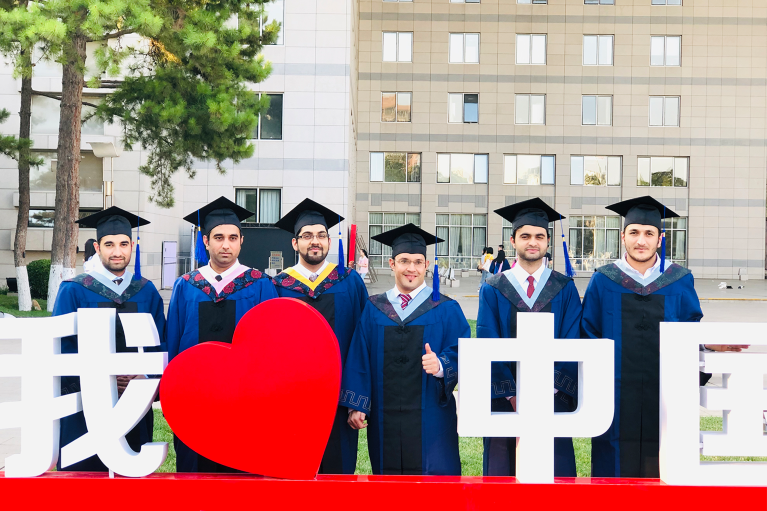
SoE attracts many international students with its scholarships and English-language programmes. Credit: Beijing Normal University
According to Cui, an increasingly internationalized student base, along with the ongoing invitation of overseas visitors, enriches idea exchange. SoE offers masters and doctoral degree programmes for international students, with 28 English-language courses. It aims to cultivate technical and management talent for addressing emerging ecological challenges. Scholarships are available to cover tuition fees and living expenses.
Hosting international conferences
To enhance exchange for students, SoE also organized the International Students’ Ecology and Environment Forum (ISEEF) with partner institutions. The third ISEEF in 2020 attracted an online worldwide audience of more than 1,800, with the opening forum featuring presentations by a professor from the University of Tokyo and an urban water system expert, Takizawa Satoshi, as well as an American toxicologist, David Cragin.
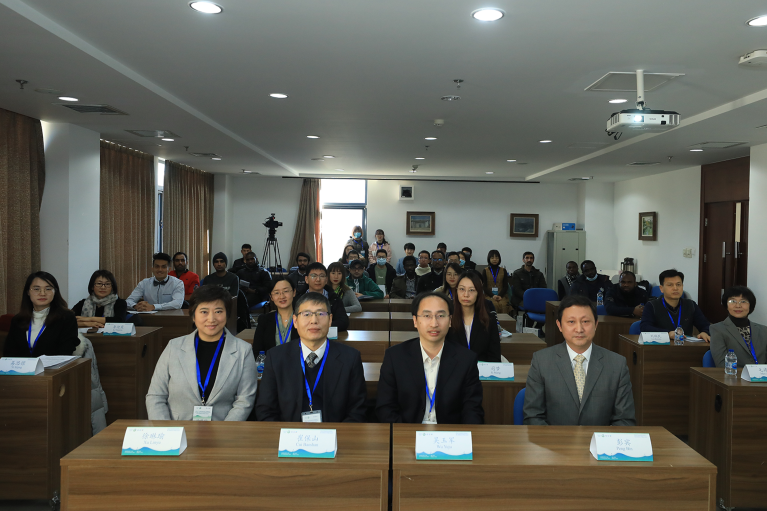
The 2020 International Students’ Ecology and Environment ForumCredit: Beijing Normal University
“Our global environmental problems require international efforts, and we are honoured to be building these platforms for scientific exchange at SoE,” says Cui. “I look forward to welcoming more professors and graduate students worldwide to participate in the 2021 forum.”
Applications for this year’s forum will be open from September, with more information available on the SoE website, WeChat account, or from contacts below.
